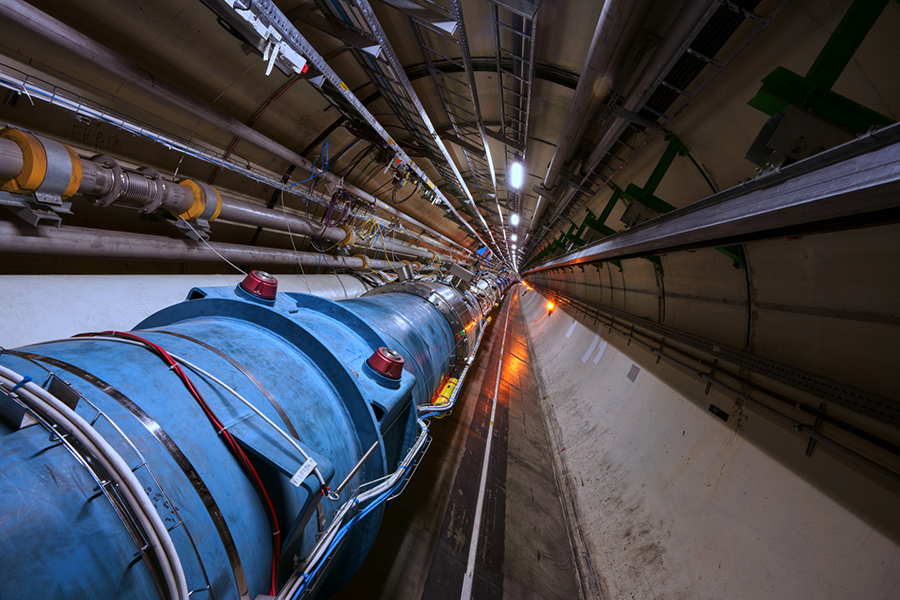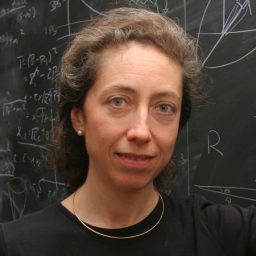
A decade ago, physicists at the European Organization for Nuclear Research (CERN) announced a newly discovered subatomic particle: the Higgs boson.
The particle was the last element of the theory of particle physics known as the Standard Model to still be missing experimental evidence. Its discovery filled in a missing keystone of the Standard Model and opened new directions for investigating fundamental physics questions.
Florida State University physics Professor Laura Reina is a member of the CERN Large Hadron Collider Higgs Working Group. Reina was recently featured in Science News, and she is available to speak to media organizations about the discovery of the particle, what it means for our understanding of physics and where research is headed.

Laura Reina, Distinguished Research Professor, Department of Physics






